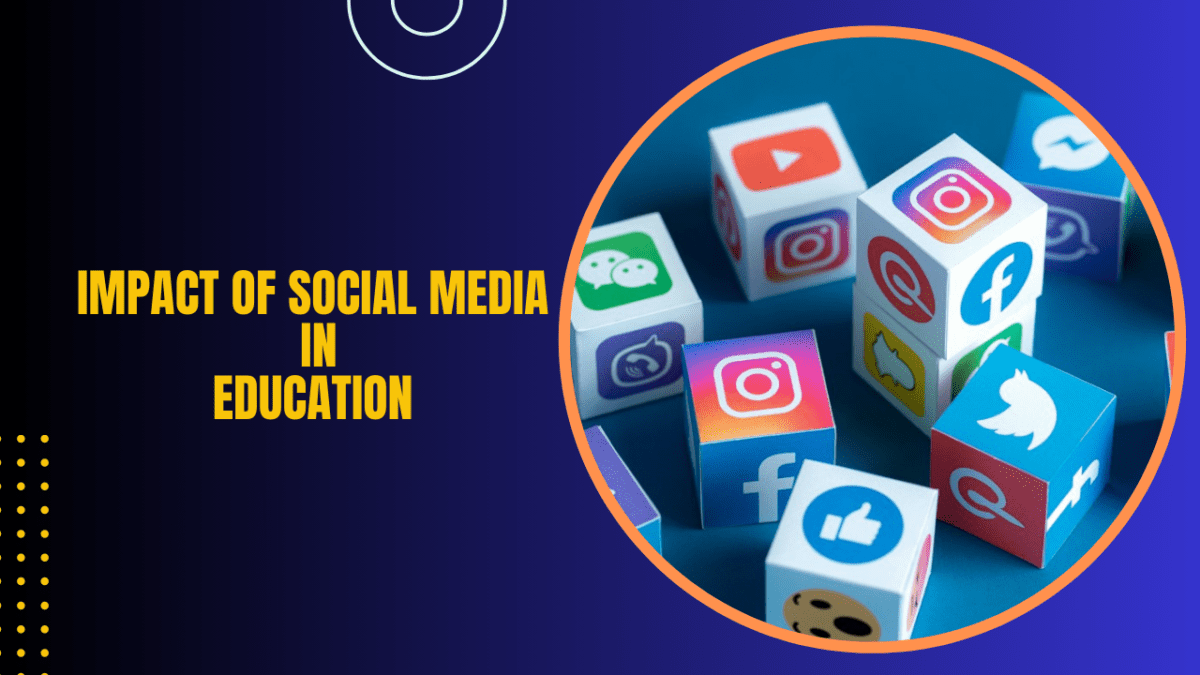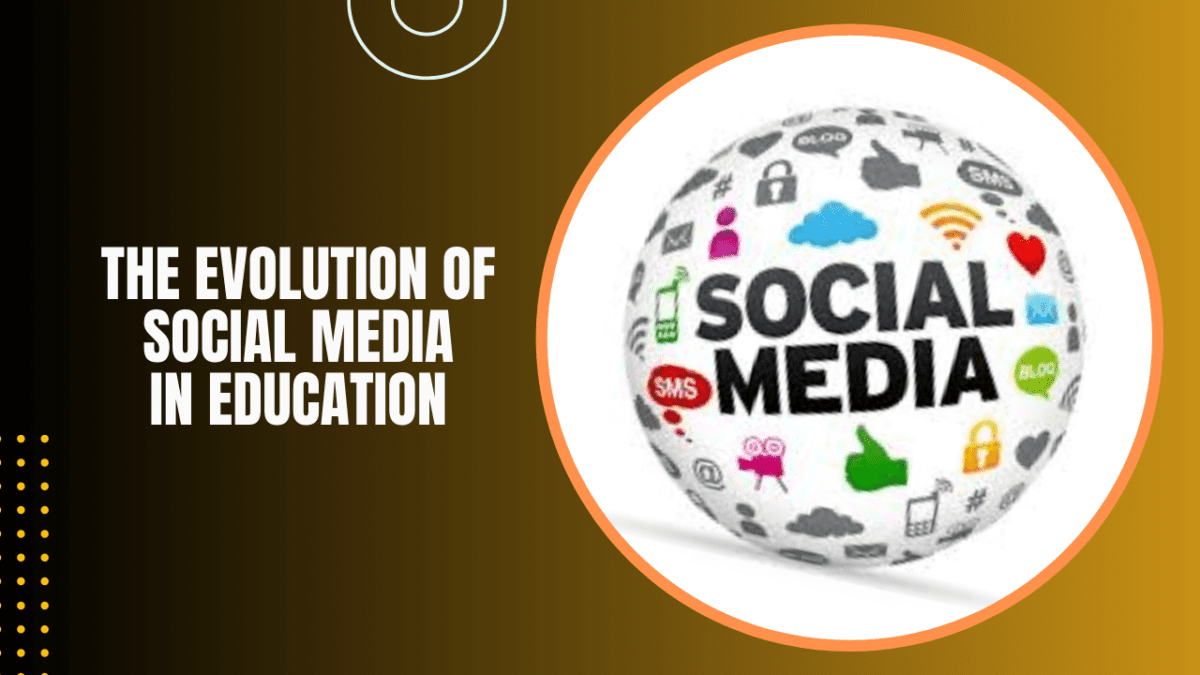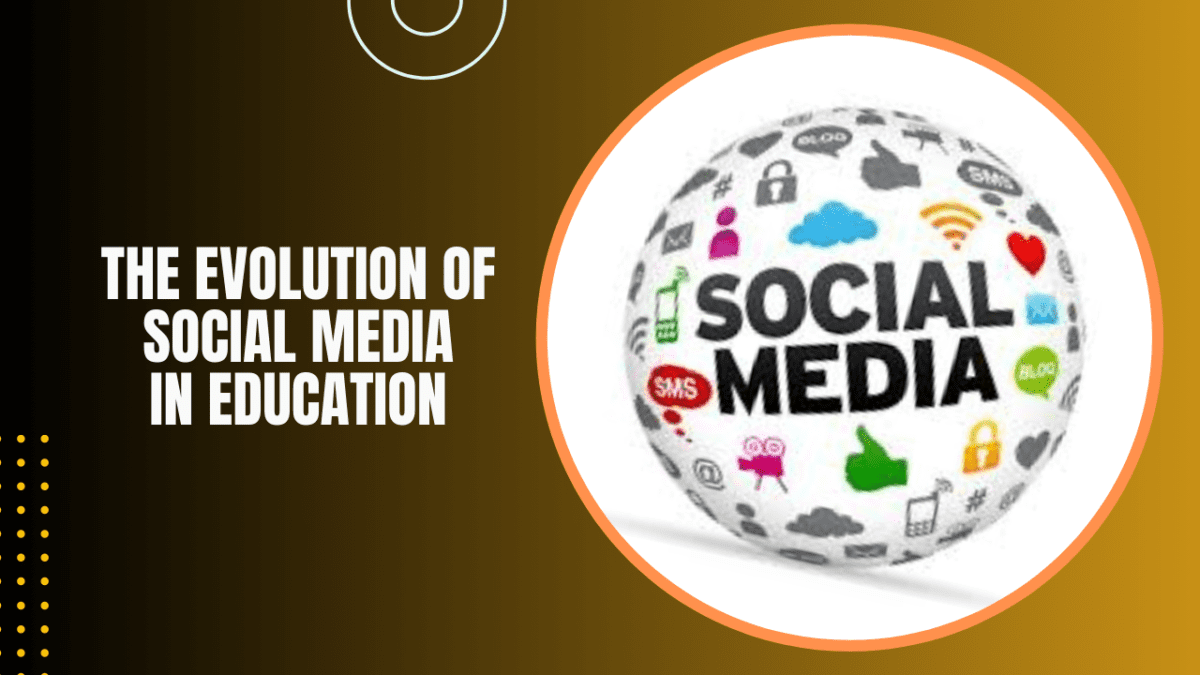Embracing Social Media in Educational for Empowerment
We are living in a global village and cannot ignore Social Media In Education. In today’s digital age, where connectivity is the cornerstone of communication, the integration of social media platforms into education has emerged as a transformative force. The use of social media in education is not just a trend but a strategic approach to engage and empower learners in ways previously unimaginable. From elementary schools to prestigious universities, educational institutions worldwide are leveraging the potential of social media to enrich the learning experience and foster a dynamic educational environment.

Exploring the Impact of Social Media in Education
The impact of social media in education extends far beyond the confines of traditional classrooms. It offers a plethora of opportunities for collaboration, creativity, and knowledge dissemination. By incorporating social media tools such as blogs, forums, and online communities, educators can create interactive learning spaces where students can actively participate in discussions, share ideas, and collaborate on projects.
Moreover, the integration of social media in education transcends geographical boundaries, enabling students to connect with peers and experts from around the globe. This globalization of learning not only broadens students’ perspectives but also cultivates cultural awareness and empathy.
Social Media Marketing Education: A Pathway to Professional Growth
In addition to its role in traditional education settings, social media has also become integral to professional development, particularly in the field of marketing. As businesses increasingly recognize the power of digital media in reaching and engaging audiences, the demand for professionals skilled in social media marketing (SMM) is on the rise.
The Evolution of Social Media in Education

A Shift in Paradigm: From Passive Consumption to Active Participation
Gone are the days when education was confined to the four walls of a classroom and learning was synonymous with passive consumption of information. With the advent of social media, learning has become a dynamic and interactive process, empowering students to take charge of their education and become active participants in the learning journey.
Breaking Down Barriers: Social Media’s Role in Inclusivity and Accessibility
One of the most significant advantages of using social media in education is its ability to break down barriers to learning. For students with disabilities or those living in remote areas, traditional educational resources may be limited. However, with the accessibility of social media platforms, these students can access a wealth of educational content, connect with peers, and engage in meaningful learning experiences like never before.

Leveraging Social Media Marketing for Educational Institutions
Educational institutions are also tapping into the power of social media marketing to enhance their visibility, attract prospective students, and engage with their alumni community. By strategically utilizing platforms such as Facebook, Twitter, Instagram, and LinkedIn, educational institutions can create compelling narratives about their mission, values, and achievements, thereby strengthening their brand identity and fostering a sense of community among stakeholders.
The Future of Social Media in Education: Continual Growth and Innovation
As we look ahead, the integration of social media in education is poised to continue evolving, driven by advancements in technology and changing pedagogical approaches. From personalized learning experiences to immersive virtual classrooms, the possibilities are endless. However, amidst this rapid evolution, one thing remains certain: social media will continue to serve as a catalyst for educational transformation, empowering learners of all ages to connect, collaborate, and thrive in the digital age.









